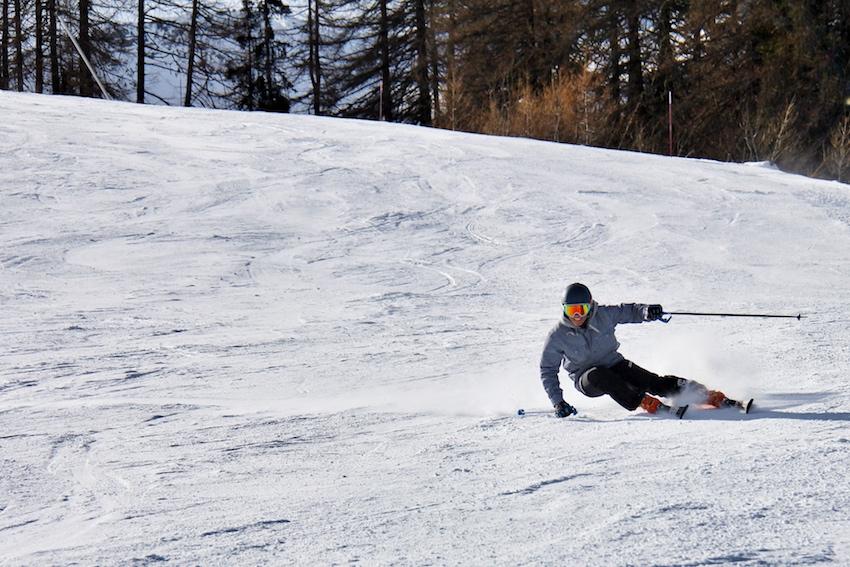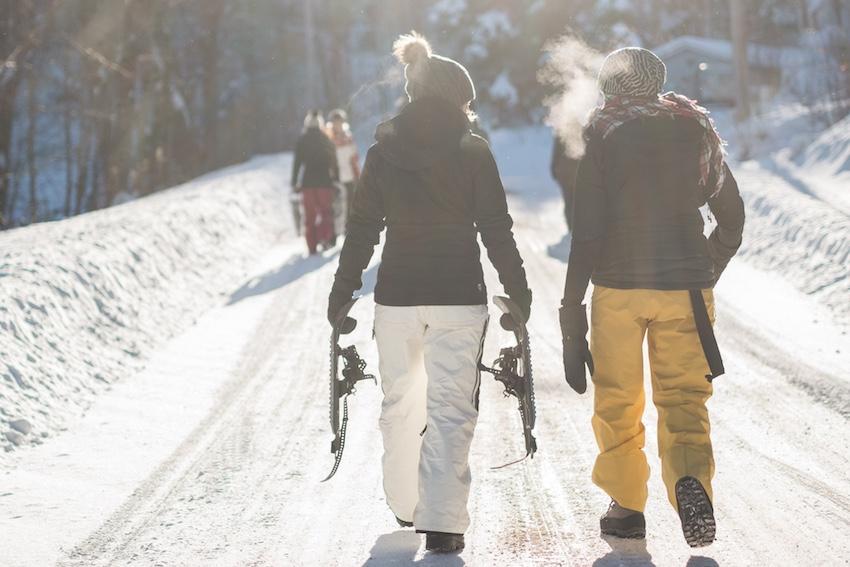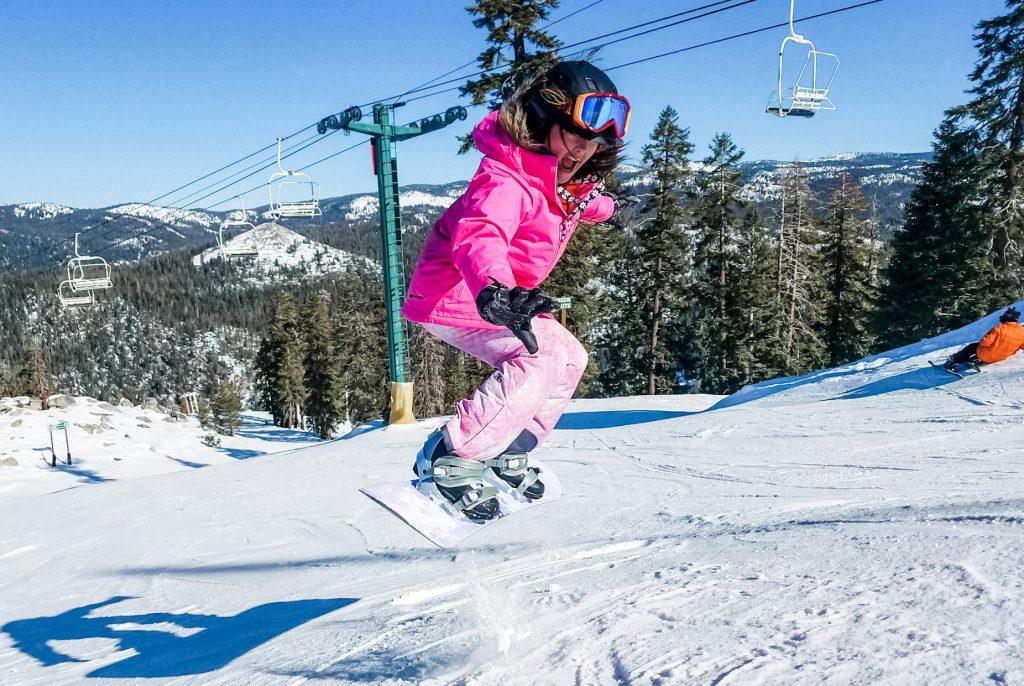Skiers, snowboarders and avid outdoors-people, juniors Natalie Arndt and Jewel Chandler hit the slopes each winter season to advance their snow sport skills. As Chandler approaches her tenth year of recreational skiing and Arndt continues to strengthen her snowboarding abilities, the pair explores new techniques, winter sport recommendations and other open air activities. Open Air Adventures will be published bi-monthly and the bloggers can be reached via email.
Though skiing can be a fairly simple sport to learn, there are always critiques to be made and new skills to acquire. Even the best skiers in the world go over various techniques and training drills to enhance their skill set. Whether it’s learning how to ski powder, moguls or carving on a groomed run, this snow sport translates to various methods that can be as complex as you make them.
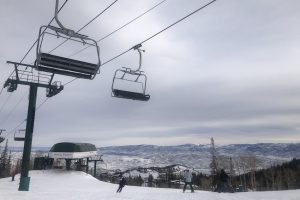
I don’t say this to intimidate the hopeful novice, but rather encourage them that there are greater aspects to skiing than just getting down the hill without falling. Once the basics have been mastered, the skier can begin to explore a diversified playing field of new abilities.
For those who have some experience in skiing, or snowboarding, and have ridden on a chair lift, it is often easy to catch a glimpse of some really good skiers coming down the hill. A simple yet sophisticated way to turn heads is to ditch the skidded turns and begin a technique called carving.
While skidded turns are necessary when first learning how to ski, they are not an ideal habit to keep in the long run. Carving is where most of your weight is shifted to the downhill ski in a way that cuts through the snow as the turn is completed across the hill. In other terms, it is known as getting your skis “on edge”.
Before learning how to carve, it is important to understand when to use it and how it makes the sport of skiing much more enjoyable. For the most part, carving is used when heading down groomed runs. The method becomes more difficult to master on runs that are not groomed as it does not cut through the snow as easily, and is impossible to master in powder.
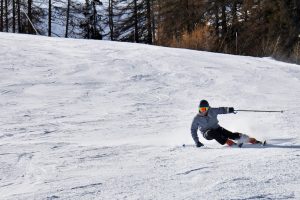
One way to get your skis on edge is to practice on a green run that has a slight incline. This way it will be a lot easier to allow the skis to turn all the way across the hill, and helps to keep a record of the tracks you’ve made after completing a few turns.
When I first learned how to carve, I was given the roller skating analogy. Just like roller skating, carving on a pair of skis requires you to push off of one foot as the other follows along. This provides an effortless momentum for gliding across the roller rink, or in this case, the mountain.
Follow the pattern of pushing off of your down hill ski so that the edge of the ski cuts clean through the run. A small percent of weight should be focused on the uphill ski, as it parallels the other. Make sure that your toes are always pushing forward to the front of your boots. Leaning back on your skis causes a lack of control and leads to a higher chance of falling.
Mastering the art of carving is a rewarding asset to attain on the slopes and a great place to start when learning new skills. It breaks the habit of messy turns and takes the sport of skiing to the next level. These are just a few tips on learning how to get your skis on edge, for more information on this method, check out Rei or Carv.
For more blogs, Check out Blog: Amateur rocketry No. 4-Launch pads or Style Session No. 9, 2019-2020 – Do Labels Make A Person?
Jewel Chandler can be reached via email and Twitter.
Follow The Feather via Twitter @thefeather, Instagram @thefeatheronline and Facebook @thefeatheronline.

